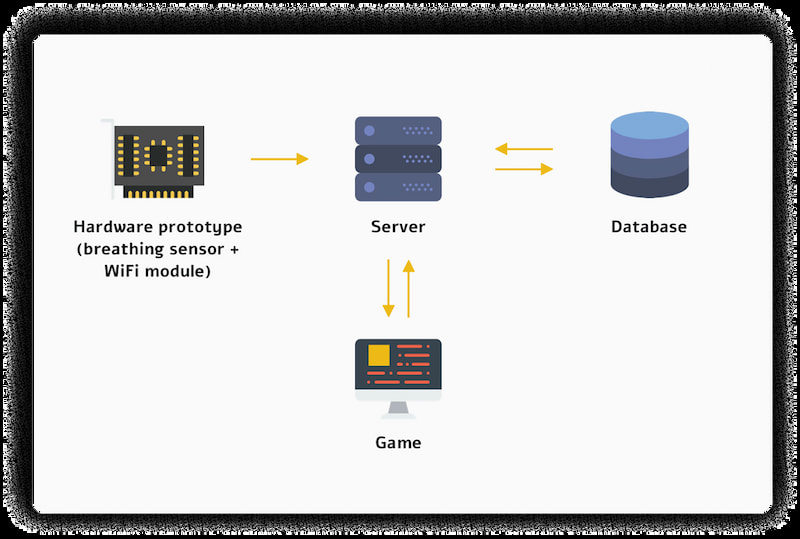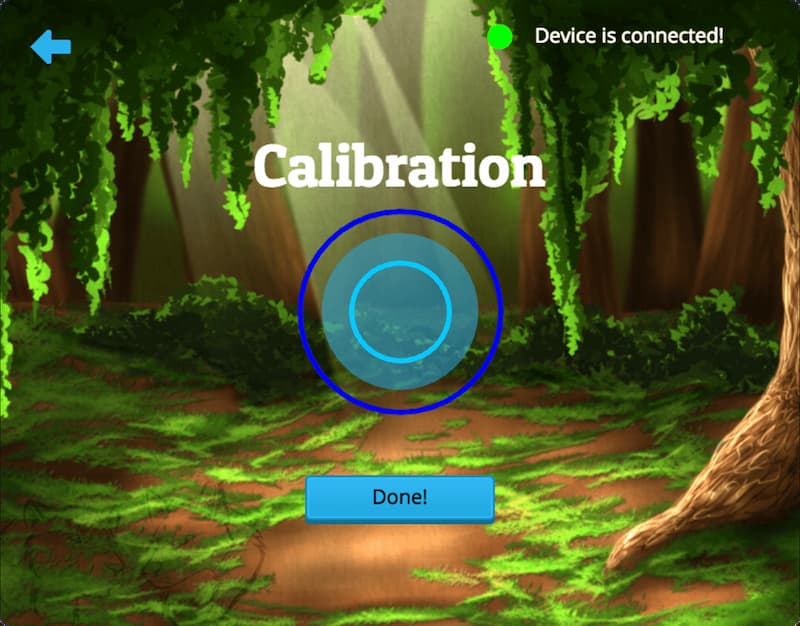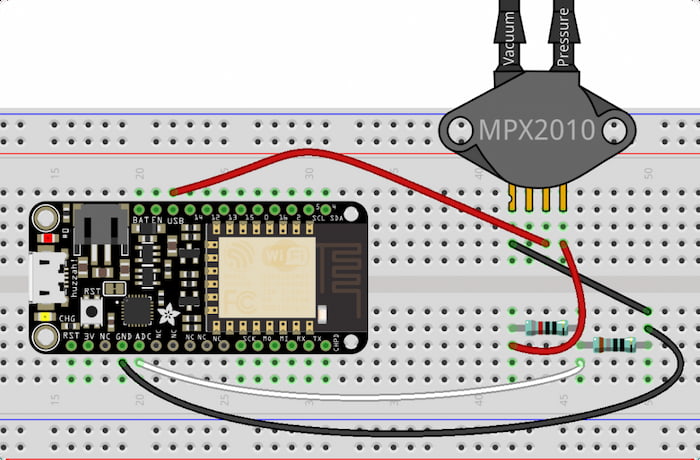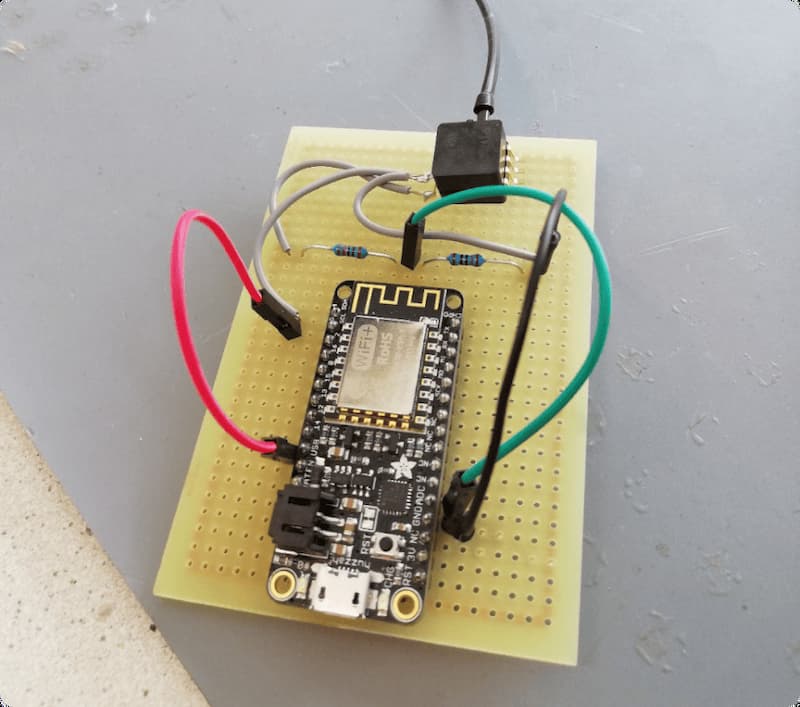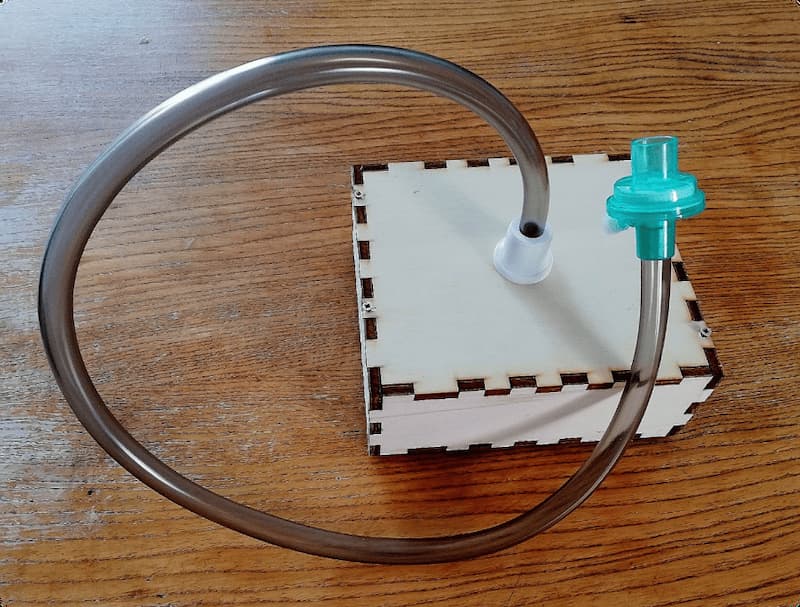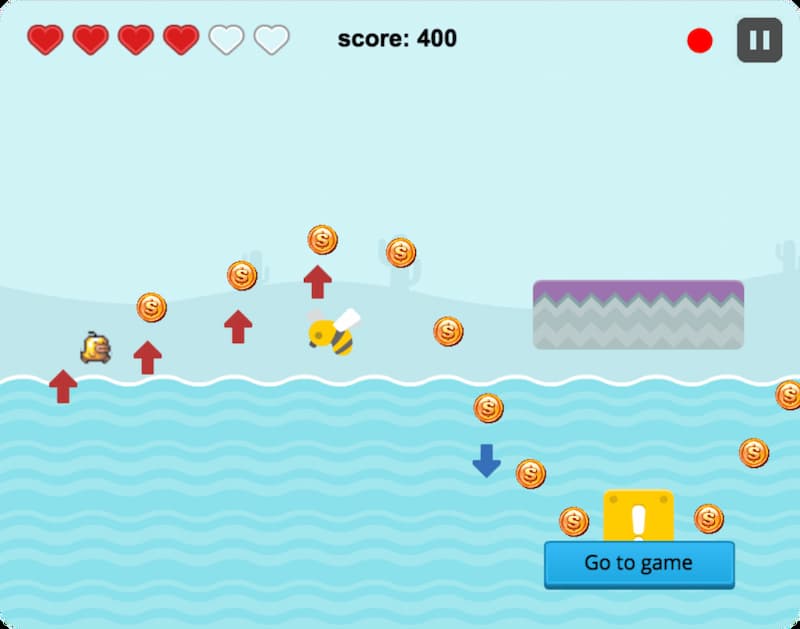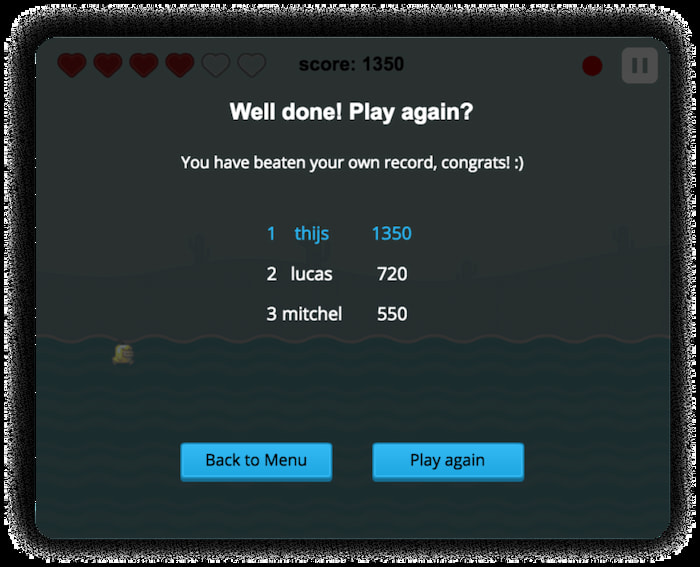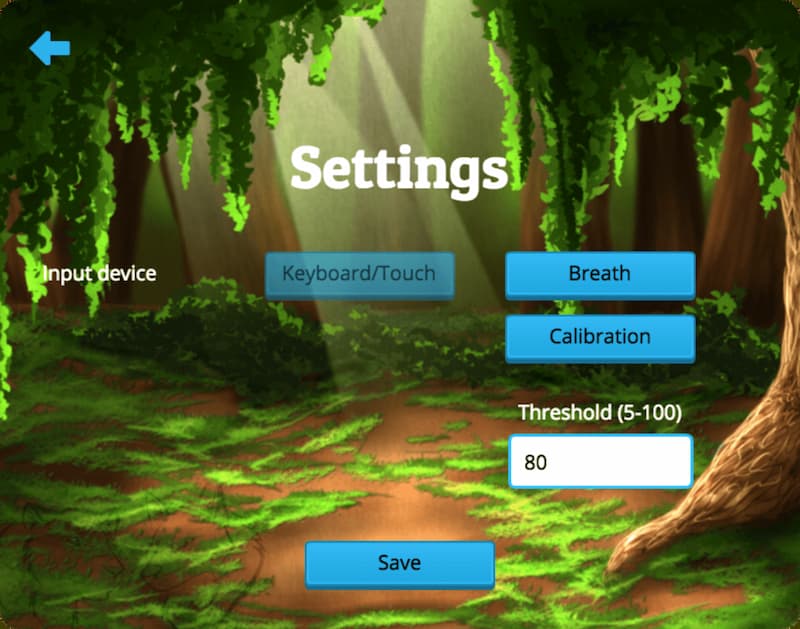Research: data gathering and analysis
The main stakeholders involved in this project were:
- children affected by Duchenne Muscular Dystrophy (DMD);
- parents of the aforementioned children;
- therapists of the Roessingh Revalidatie Centrum in Enschede, the Netherlands.
To get a deeper understanding about the user behaviors and the context of use, I used two different methods to gather data:
- semi-structured interviews, which consist in following a script but allowing to diverge if interesting insights arise;
- observations, to see the real user behavior (many times what the people say do not match what they do).
The recordings of the interviews were transcribed to ease the process of thematic analysis.

